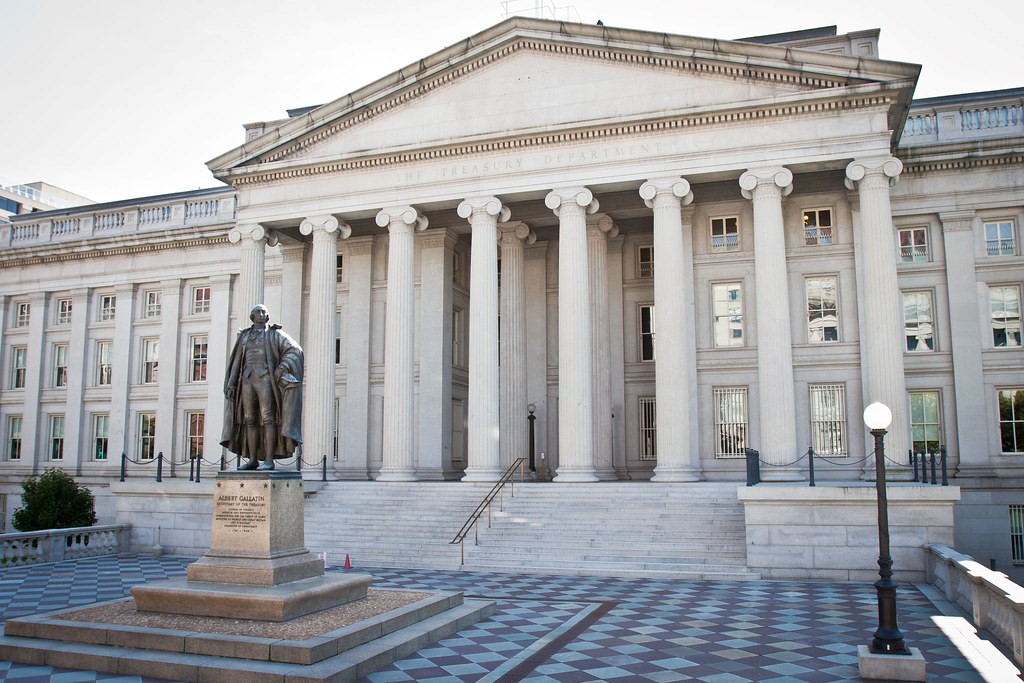Lawmakers Generally Agree to a 2-Year Federal Budget Plan
John Pan • CTPI • July 25, 2019

As of July 22nd, President Trump and congressional leadership have reached a consensus on a two-year federal budget which would increase spending limits by $320B and suspend the debt ceiling until after the 2020 presidential election. The bill was announced on Monday, July 22nd. Summer congressional vacations begin in less than a week which leaves little time for further negotiation.
“I am pleased to announce that a deal has been struck with Senate Majority Leader Mitch McConnell, Senate Minority Leader Chuck Schumer, Speaker of the House Nancy Pelosi, and House Minority Leader Kevin McCarthy — on a two-year Budget and Debt Ceiling, with no poison pills,” Trump said on Twitter.
The deal further increases the Pentagon’s budget — a victory for Trump and Republicans — while increasing spending for non-defense programs too, which will keep Democrats happy.
Here are the main budgetary changes outlined in the bill.

Defense spending will increase by $22 billion in the next fiscal year — up to $738 billion — and increase to $740.5 million by FY 2021. Trump and Republicans will receive added funding for the F35 Strike fighter, as well as Space Force.
Non-defense spending will rise by $27 billion to $632 billion in FY 2020 and tick up slightly to $634.5 billion the year after. With these increases, lawmakers on both sides of the isle have once again delayed addressing long term and increased budget deficits and interest payments. More details on long term budget in the following subsection.
Most importantly for lawmakers, the debt ceiling must be and will likely be raised through July 2021 — after the next presidential election — while permanently ending mandatory budget cuts that would have begun in January had lawmakers not made a decision.
Both the President and the Democrats avoid a government shutdown with this agreement. In so doing they satisfy their base constituencies having secured robust funding for critical domestic priorities and increased defense spending in this agreement. Democrats have secured more than $100 billion in funding for domestic spending since Trump took office.
For reference, these were the proposed budget requests by agency for the 2020 federal budget vs. the 2019 FY budget.

Budget Impacts on Long Term Deficit and Interest Payments
According to the Congressional Budget Office with current budget law and spending trends to-date, current Federal debt held by the public is projected to reach $16.6 trillion by the end of 2019. That amount, at around 78 percent of current GDP would be almost twice its average over the past 50 years. By 2029, US debt is estimated to reach around $28.7 trillion, which would reflect 93 percent of GDP.
Recently, Treasury Secretary Steven Mnuchin warned Congress that the Department of Treasury might run out of money in September. The US debt has grown from about $19 trillion when Trump took office to more than $22 trillion this month. The government must pay interest on the money it borrows, and this year it will pay an additional $350 billion in interest to finance its borrowing.
According to the Committee for a Responsible Federal Budget, Congress and the President will raise discretionary spending caps for Fiscal Years (FY) 2020 and 2021. The plan would increase discretionary spending by $320 billion over the next two years and, by the CRFB estimate, add roughly $1.7 trillion to projected debt levels over the next decade. This estimate is the net effect of $1.5 trillion in discretionary spending increases, $250 billion in interest costs, and just $77 billion of offsets.

Source: Draft budget deal and CRFB calculations based on Congressional Budget Office data.
Note: Numbers are rounded to the nearest $5 billion other than offsets, which comes directly from press reports.
The Chameleon Technology Partner Advantage
Chameleon Technology Partners (CTP) assesses all aspects of the federal government in order to stay on the forefront of the federal acquisition. This new federal budget comes with new opportunities for government vendors. CTP assists these businesses when presenting their capabilities to Federal acquisition teams. No matter which stage of your business development, capture, or proposal lifecycle, we can support you with expert resources. Contact us today to discuss how we can help you win your next federal business opportunity.